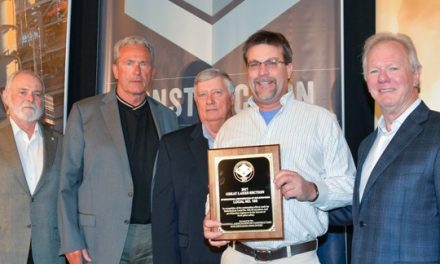The Occupational Safety and Health Administration (OSHA) issued its final ruling on confined spaces on May 4, which should provide much needed protection for those who work in those spaces.
Roughly two decades in the making, the new rule is designed to keep workers safe from exposure to hazards in confined spaces, such as tanks, manholes, pits, crawl spaces, and air ducts. It is scheduled to go into effect on August 3, 2015.
According to OSHA, six workers die each year from accidents in confined spaces while another 812 suffer injuries. With the new rule in place, OSHA estimates it will save five lives and reduce injuries by almost 96 percent per year.
According to The Center to Protect Workers’ Rights, a union-created safety organization for the construction industry, one-third of all deaths in confined spaces occur when individuals try to rescue someone who has collapsed in the confined space. Often times, the deaths are linked directly to improper training or no training at all.
The ruling creates greater emphasis on communication and training, especially when dealing with potential hazards such as asphyxiation, electrocution, and toxic substances. Multiple employers must share safety information and must continuously monitor all hazards associated within the confined space, ensuring that new individuals working outside that area do not introduce hazards into that confined space.
Dr. David Michaels, head of OSHA, said the rule covers confined spaces, such as manholes; crawl spaces; tanks; bins; boilers; elevator, escalator, pump and valve pits; fuel, chemical, water and gas tanks; incinerators; scrubbers; sewers; transformer vaults; heating, ventilation, and air-conditioning ducts; storm drains and water mains; drilled shafts; silos; and step-up transformers.
OSHA will require the identification of confined spaces on all work sites. Employers will be required to continuously monitor engulfment hazards, which help to ensure those working in the confined space can safely evacuate the area before being trapped in the confined space.
The new mandate does not cover workers in excavations or other underground construction, though. In those particular scenarios, workers are covered under general OSHA rules.



